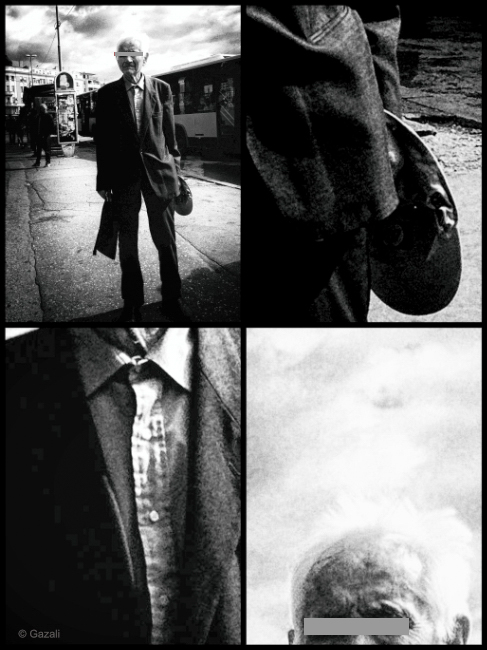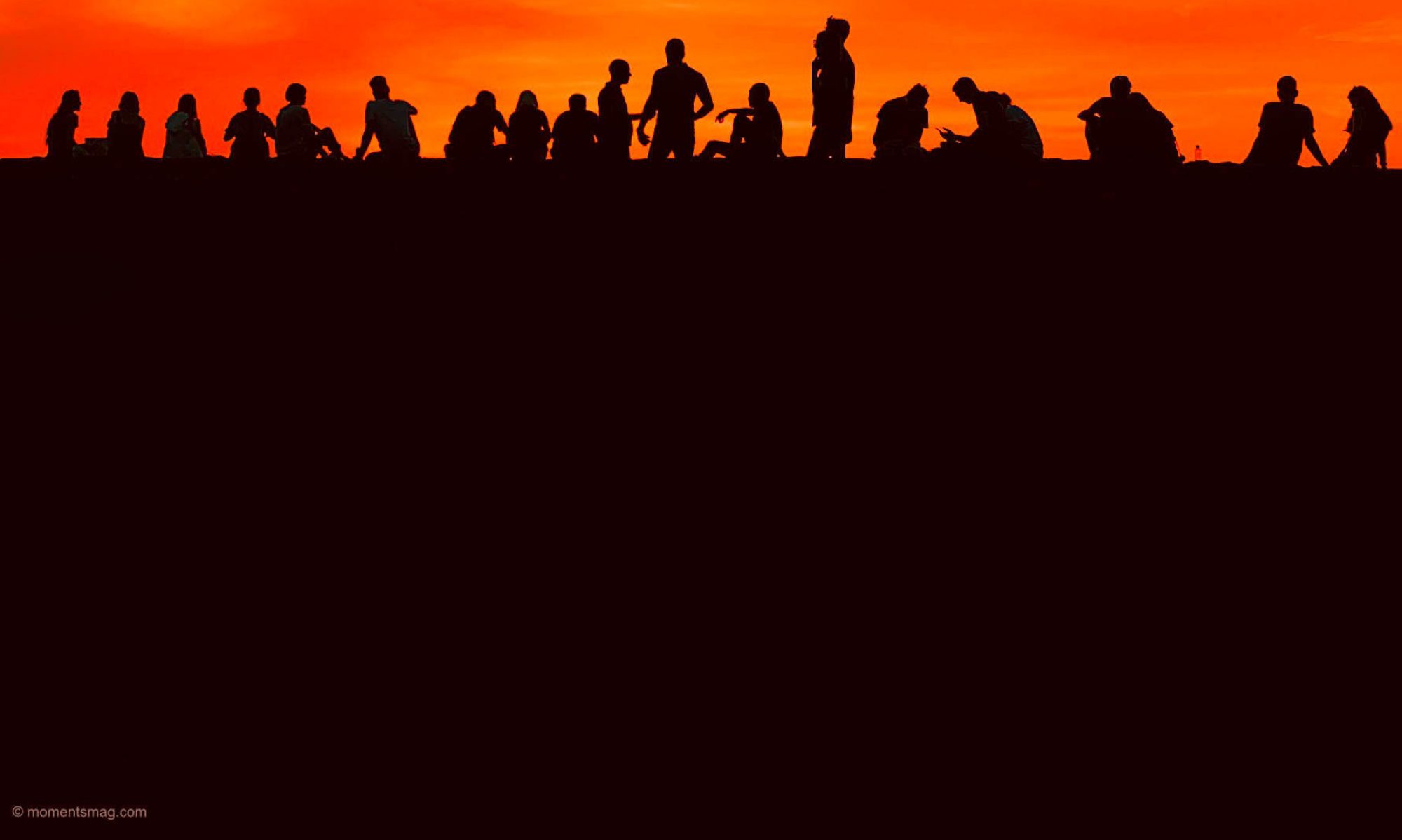A series on various historic and prominent figures and how would they see the world if they were photographers
How would Nietzsche approach a scene? Would he predominately be a color or a black and white photography person? Would he extract the values from details within a scene or would he the entire frame be viewed as a whole? Too many questions for subjective fictional answers, nevertheless as a part of a series it may be a fun experiment.
Nietzsche lived in an age of photographic infancy, he was 44 when Kodak introduced the flexible roll fit camera in 1888, thus black and white seems appropriate. Also, his writings on “instincts” would undeniably guide him to focus on details that tell the story. His notes on instincts are related to the the unconscious and self-created behaviour that are triggered with an external stimuli.
Firstly, perhaps his captured frames would represent an independent visual experience. Most probably they would be high contrast, balancing the entire structure with strong gradation of grey, without giving important to one element over the other. This may be difficult to imagine as we mostly when taking photographs focus on a subject which is usually in a specific surroundings. Like for example an environmental portrait or a documentary scene.
As in his “ The birth of a tragedy” the conflicts and struggles of reason against the imaginative “ Apollonian vs Dionysian”, in photographic terms he would perhaps take the circumstances and reality “reason” of a scene and present them through an imaginative sequential process while preserving the reality or the scene’s truthfulness – “bold reason” of the scene.

An Imaginative process as it deals with sequences of a single time frame and reason where each unaltered sequence can be seen and judged separately. Combined they may have the appearance of being merged into one seamless composition.
His approach to cultivate instincts would undeniably make him a prolific portrait photographer, always searching for a visual expression of a condition.
We cannot in this instance omit the fact that Nietzsche was also a cultural critic, and as such he would inevitably be involved in contemporary issues, visiting, documenting and trying to find answers to burning questions of modern society which would most certainly lead him towards producing work in the genre of social documentary photography.
